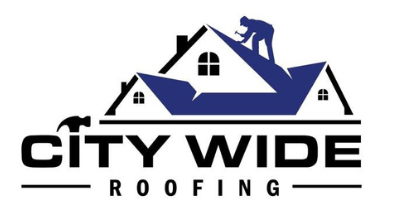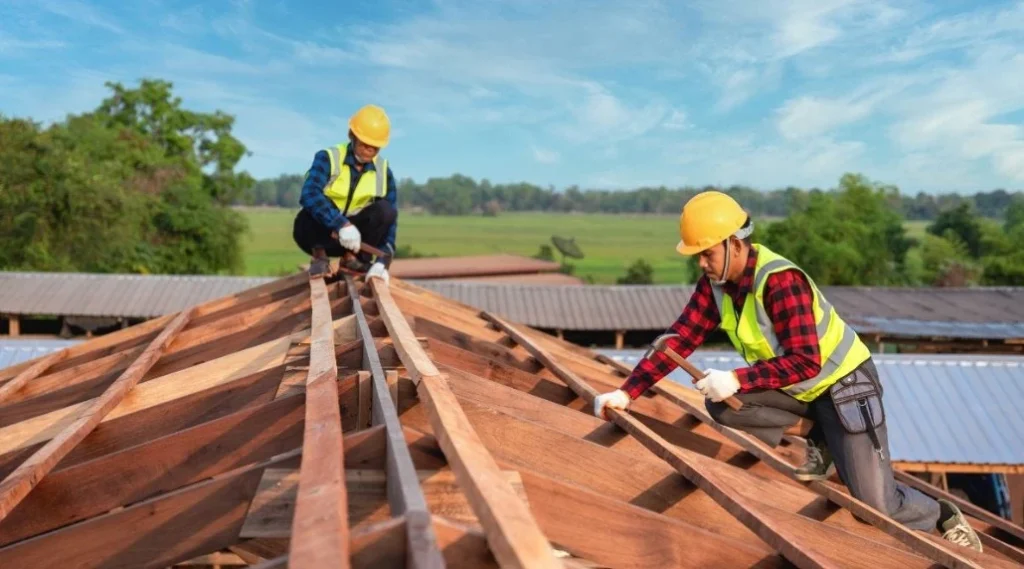The science and art of reroofing is a discipline that requires mastery, not just of the practical aspects, but also in the understanding of roof lifespan and material selection. It is a complex task that demands meticulous planning and execution.
An accurate understanding of roof lifespan can help anticipate when a replacement will be necessary and what materials would best withstand the test of time. This knowledge allows for a more effective approach to roof maintenance, which can extend its longevity and save considerable resources over time.
Additionally, estimating project costs accurately is critical to any reroofing endeavor. It ensures that budgets are adhered to while still delivering high-quality workmanship. Without proper costing procedures in place, it could lead to underestimation or overestimation, both scenarios having their unique set of problems such as inadequate funding or wastage respectively.
Therefore, mastering this aspect can greatly enhance efficiency in reroofing tasks while minimizing potential financial pitfalls.
As one navigates through this article, there will be an exploration into these vital components with an aim to provide fresh perspectives on overhead considerations in reroofing projects.
Understanding Roof Lifespan and Material Selection
The lifespan of a roof, invariably determined by the choice of materials, is a crucial factor in planning and executing reroofing projects, demanding an in-depth understanding of various roofing options and their respective longevity.
Depending on the material used—whether asphalt shingles, metal roofing, slate or tile—a roof’s life expectancy can vary greatly from 15 to over 100 years.
Asphalt shingles are commonly used due to their cost-effectiveness; however, they may only last between 15-30 years.
Metal roofs, although more expensive initially, provide durability that could last between 40-70 years.
Alternatively, slate or tile roofs offer superior longevity with a potential lifespan exceeding 100 years but entail substantial investment.
A detailed examination of each material type reveals further nuances in performance and maintenance requirements.
For instance, while asphalt shingles can withstand diverse weather conditions and require minimal maintenance efforts throughout their lifespan, they are not as resilient to extreme weather events as other materials such as metal or tile.
Likewise, while metal roofs boast impressive durability and energy efficiency advantages over other materials, they necessitate regular inspections for rust or corrosion damage.
On the other hand, slate, and tile roofs have unmatched aesthetic appeal and lifespan but require additional structural support due to their weightiness—an aspect often overlooked during the selection process—highlighting the importance of considering all factors when selecting roofing materials for maximizing utility value within budgetary constraints.
The Art of Accurate Project Costing
Accurate project costing in roof replacement projects necessitates a comprehensive understanding of various factors such as materials, labor, and unforeseen contingencies.
Materials constitute a significant portion of the overall cost, with different types varying enormously in price. For example, asphalt shingles are generally less expensive than metal roofing systems or tile roofs. Understanding these material costs is crucial for accurate project estimation.
Labor expenses are equally critical to consider; they depend on the complexity of the work and can fluctuate based on local market rates.
Additionally, any efficient estimator must account for potential unforeseen issues that may arise during the reroofing process – from discovering structural damage that requires repair to weather-related delays.
The ability to anticipate and accurately factor in these diverse elements separates a well-executed estimate from one that results in overrun costs and project delays.
It is also essential to include profit margins and overhead costs when calculating total roofing project expenses. Profit margins should reflect both the risk involved in the job and the value provided by high-quality craftsmanship. Overhead expenses encompass all indirect costs related to running a business including insurance, office rent, utilities, and administrative salaries among others.
By mastering this art of accurate project costing through careful analysis of each component expense associated with reroofing jobs, professionals not only ensure profitable operations but also build trust with clients over time by demonstrating transparency and accuracy in their estimates.


